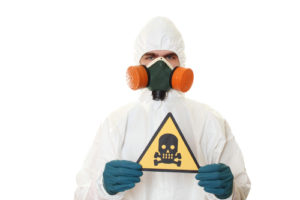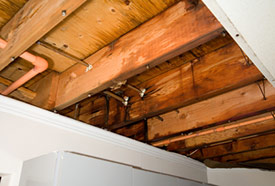The CDC Weighs in on the Problem with Mold

CDC Weighs in on Mold
Centers for Disease Control and Prevention (CDC) is the preeminent organization in the United States devoted to protecting the nation from health and safety risks. Mold is considered such a serious threat that they have devoted an entire section of their website to facts and prevention tips.
Here is some of the helpful information CDC provides about the problem of mold and its impact on your health:
• Mold can be found everywhere. Thousands of species are present both indoors and outdoors, primarily in warm and damp locations, although spores can survive inhospitable conditions.
• Moisture is the primary culprit behind indoor mold. You can reduce the risk of mold infestation by controlling humidity, repairing leaks promptly and keeping damp areas well-ventilated.
• Exposure to mold can trigger upper-respiratory allergic reactions, although you don’t have to specifically suffer from allergies to experience health problems. Symptoms include nasal congestion, coughing and wheezing, and sore throat.
• While Stern Mold offers northern NJ and NYC free mold inspections, it’s not necessary or even recommended to identify the particular species. Any type of mold can present a health risk, so it should always be removed promptly.
• If you suspect mold exposure, consult your primary care physician immediately. He will determine your best course of action, which may include referral to a specialist.
Stern Mold Provides Effective, Eco-Friendly Mold Removal and Prevention
Safeguard the good health of yourself and your family. Schedule your northern NJ or NYC free mold inspection by our experienced and trained technicians. Have more questions? Visit our Mold Information Center to learn more.

